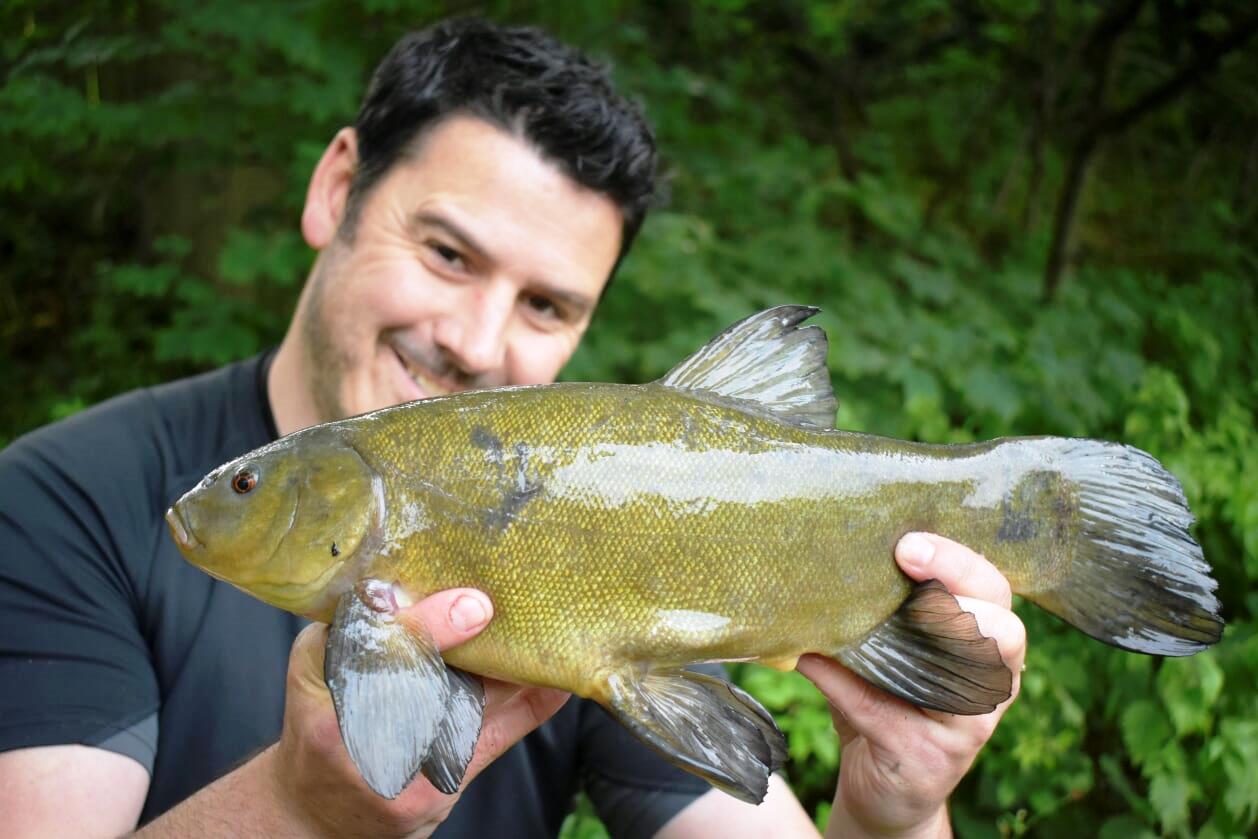There is little darker than a mid-winter’s night. The kind of night where the only hint of light comes from an endless mass of stars that fill the vastness of an otherwise desolate abyss; where a deep cold grips the land, as if frozen in time and where the respite of dawn seems an eternity away.
However, as the hours tick by, an age of darkness eventually loosens its dominating grasp on the morning and a reassuring orange glimmer of hope begins to silhouette the horizon.


When many are reluctantly contemplating the horror of dragging themselves from a warm bed, anglers across the country are already on location, immersed in a frosted wonderland and enveloped in a low lying blanked of fog, as if part of the landscape itself.

Veiled in a cloud of mist with every breath and acutely aware of every stir in the icy stillness of dawn, we prepare our kit, assess the area and consider our approach. With a nip in our fingers, hope in our heart and distinct air of anticipation, we soak in the tranquility of the most atmospheric of angling moments.


Winter is a magical and enchanting season to be on the bank. Indeed it takes a hardy soul to brave the worst of the winter conditions. However, as some await warmer times, those with the ambition and determination to embrace the cold, short days of a Scottish winter, will almost certainly experience angling in Scotland at its most charming.


Stripped of it’s facade of summer, the landscape reveals a bare and stark beauty that, by many, is often overlooked and unappreciated. Conversely, the angler acknowledges a season with the ability to invoke some of the most iconic of angling images.
Scenes of mist covered lochs, snow capped mountains and stunning sunrises, are invocative of winter Pike angling on the big lochs; crashing grey seas, fading into silver skies, summon memories of east coast Cod fishing; whereas frozen river banks and steamy streams are synonymous with the elegant and graceful ‘Lady of the Stream’.

Pike angling has been the mainstay of my winter pursuits for many years, although from an early age, I’ve regarded the Grayling as the quintessential image of winter angling. However, somewhat ironically, it hasn’t been until very recently that I’ve given this beautiful fish the time and attention it most certainly deserves.

It is very evident, when reading anything written within the last few years with regards to Grayling, that the current, trendy method of angling is ‘Euro Nymphing’. Whether one refers to it as French Nymphing, Polish Nymphing, Czech Nymphing or any other country’s name followed by ‘nymphing’, the basis is the same; an innovative style of fly fishing that, although simple, requires a fine tuned set up and a stealthy approach.
There is no doubt that this modern style of angling is both incredibly enjoyable and extremely successful. However there is something quaint, albeit nonetheless absorbing, about the more traditional method of ‘trotting’ on a split cane rod and hearing the quiet, rhythmic rotations of a Centre Pin reel as your float glides through the perfect rippling run. Unfortunately, I own neither a Split Cane Rod nor a Centre Pin Reel. Nevertheless, a similar, no less satisfying, effect can be gained with a modern float rod and fixed spool reel.

This may be a method that appears to be falling out of fashion and seems to be unfairly gaining a reputation for being a rather crude and simplistic approach. However, in reality, nothing could be further from the truth, as the art of Trotting is, undoubtedly a skill; indeed one that requires the fine tuned set up, attention to detail and the finest of touches of any, more contemporary method.
Once our set up has been adjusted to perfection, a precisely shotted float should be trundling a neatly presented bait along the riverbed as it follows a subtle seam in the current. Our main line should be paid out directly behind our float, slack enough to provide a natural passage but with enough tension to be in constant contact with the rod tip. Should any one of these factors be out of place, we risk an un-natural presentation or an untidy strike into fresh air.

After meticulously covering each run, ripple, glide, eddy and pool, we move along the bank in search of the next, with each first, pioneering trot through, instilling a renewed sense of expectation. With a little luck and a lot of legwork, eventually one of the nicest sights in fishing will be witnessed as our float disappears below the ripples. We strike with hope and feel a lively dance on the end of our line. As we gently play our pending prize to the net, a flash of iridescence in the clear water followed by bright, sail-like fin breaking the surface confirms that we have found our fish.



Once safely in the net, it becomes vividly apparent why we go to such lengths in search of these, most beautiful of fish. The Grayling is a fish of stark contrasts, a delicate yet powerful fish. Streamlined in shape with petite and endearing characteristics, somewhat contradicted by an outrageously flamboyant Dorsal fin. The iridescent blues, pinks and violets of the head and gill plates give way to bronzed olive flanks with neat rows of mirrored scales, resembling the finest of pin stripped suits. The Pelvic, Anal and Caudal fins are tinged with purple and the striking red fringes of that incredible sail make the Grayling a fish like no other.



It is therefore little surprise that anglers across the country regard this ‘Lady of the Stream’ as one of the most esteemed and cherished fish in our rivers, and there is no better time to target them than a cold and frosty winter’s day.





































































